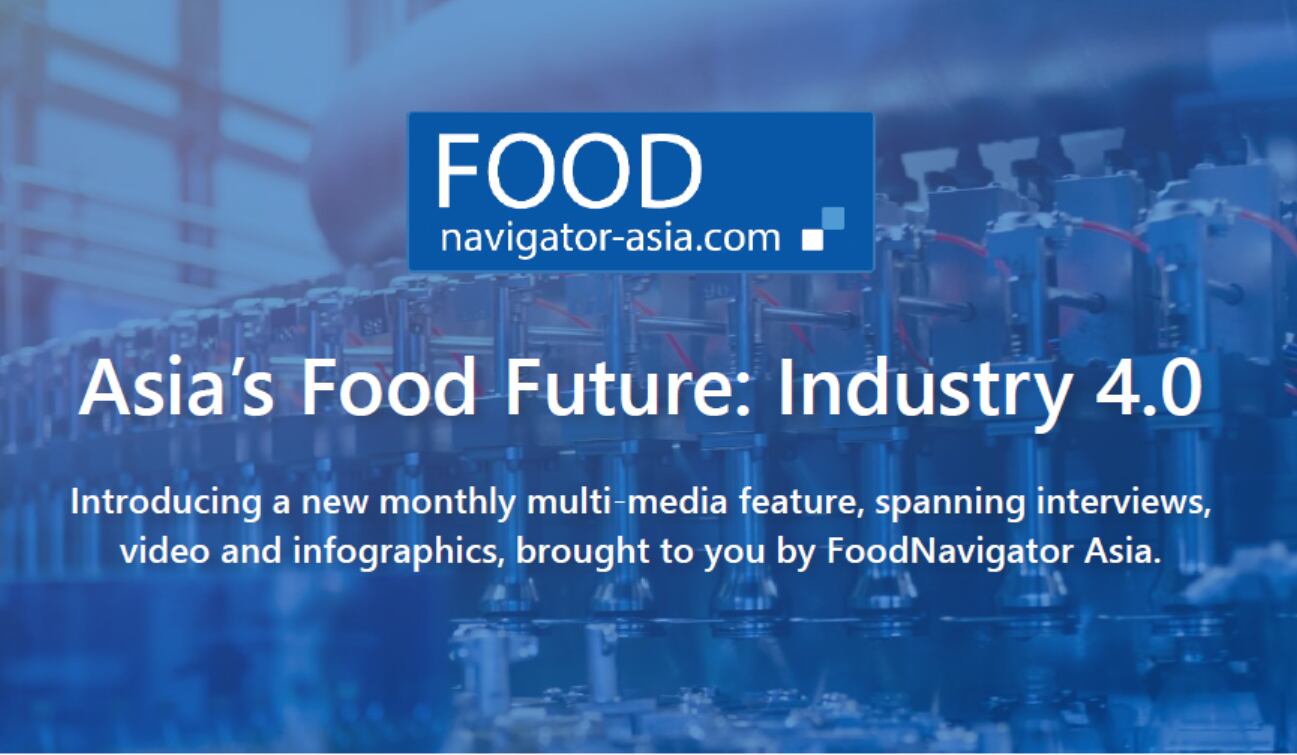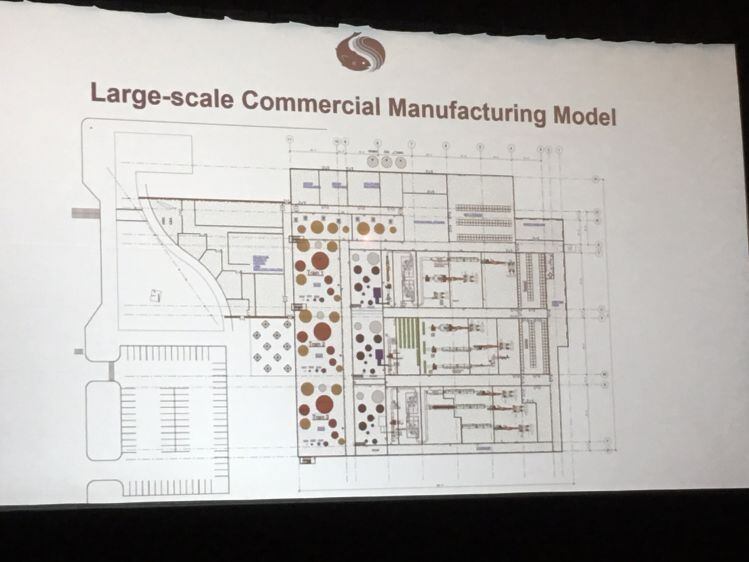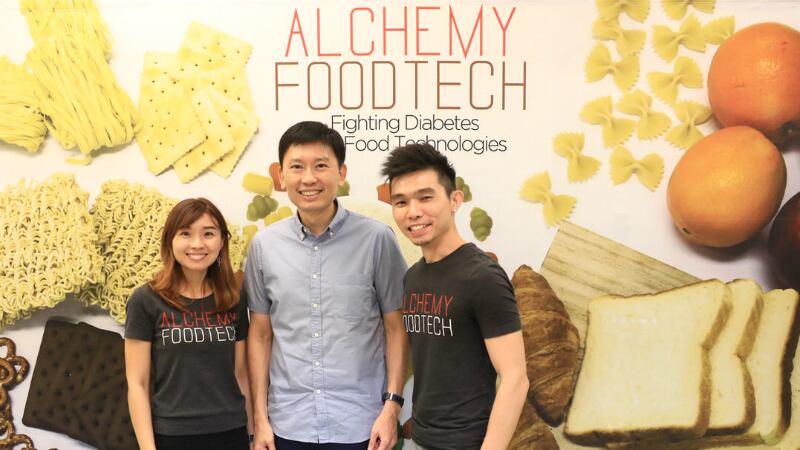Across the globe, the number of interconnected machines – from the now humble smartphone, to refrigerators and even cars – is expected soar to 150 billion devices by 2030.
And the technology behind these advances, be they networked sensors or intelligent devices, are increasingly finding their way to early-adopters among the region’s food and beverage manufacturers.

But what benefits can they bring? And should we believe the hype?
According to David Mudd, Global Digital & Connected Product Certification Director at business standards company BSI, IoT means a lot more than simply “communicating between machines,”
“There’s also the artificial intelligence on top of it, the learning of interactions with minimal human intervention – that’s where the real benefits come from. Sensing the information is just the first part – you have to be able to act on it in order to glean real benefit.
One of the most obvious ways for food firms to benefit from IoT via big data and predictive abilities is in terms of logistics.
“For instance, if you’re running a fleet of cold-chain refrigerated vehicles, [IoT] would allow you to at any given moment know how much the vehicle is carrying, how serviceable it is, and so on,” added Mudd.
“Over time, you’d be able to record lots of data, and from here work out the best routes and utilisation strategies for each vehicle, and thus automatically schedule the right vehicle at the right configuration for the right purpose at the right time – [that would be real, automated benefit],” he said.
As for prediction, Mudd added that IoT can also monitor power use and temperature variation to detect when the cold-chain vehicles need to be serviced.
Away from the road, IoT is always bringing benefits on the factory, as seen at Singapore processed meats and branded goods manufacturer SATS BRF.
Benefits - 30% increase in output
The manufacturer of Sadia, Farm Pride and Perdigao, said that the use of IoT has raised the firm’s output by 30%.
This is because IoT has helped the firm identify the bottlenecks in production.
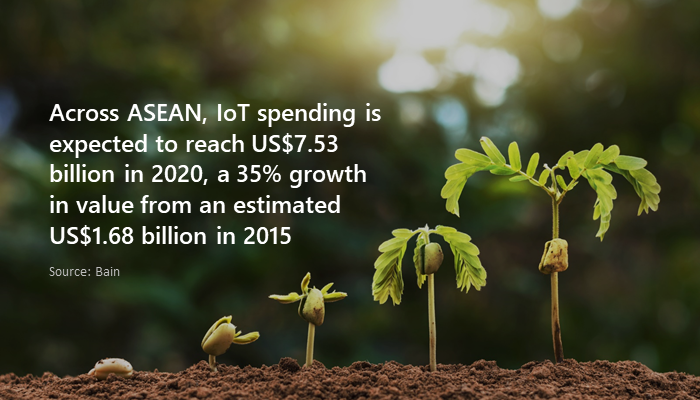
Working with Singapore-based technology start-up AUK Industries, the firm has been using IoT for the past five months.
About 70 machines located in all three plants were connected via IoT by the end of January.
Spanning across meat-cutting, slicing, mincing, weighing, wrapping, packaging, and cooking, the use of IoT helps identify “patterns of loss in overall equipment efficiency (OEE),” said Andre Marchese Menezes, Deputy GM at SATS BRF Food.
“One example we use to illustrate is one machine that we had that was one major bottleneck for a key product that we sell and produce.
“This machine was producing 30% less than what we are currently producing now…It came from a figure that was below average in the industry to good numbers when compared to the industry average,” he said.
Human analysis still needed
Before using IoT, the firm kept track of manufacturing productivity via human observations and paper records, which has its limitations, since it was impossible for staff to track the performance of machines on the ground throughout the entire day.
Now it provides the data for employees to analyse and respond to in real-time.
Take a look at our video to see Menezes elaborate on how new technology has improved production.
In terms of the technology itself, the key piece of equipment is a wireless IoT sensor node. This is about half the size of a smartphone, and the major data gatherer.
The nodes then wirelessly transmit the readings collected to a central gateway, which then uploads data to the cloud. The information can then be accessed in real-time via an online dashboard.
Find out more about how it all works in this video with the firm's manufacturing performance analyst Alphonse Evalle.
SME opportunities
Across the region, IoT is also being embraced by smaller manufacturers too.
Thong Siek, a Singapore-based manufacturer of DoDo fishball, is currently implementing the technology.
A total of 100 machines involved in blending, cooking, cooling, and packaging will soon all be connected via IoT.
The firm believes that IoT will provide a better visualisation of the production processes, identify periods of downtime, detect anomaly in machine performance, track critical production parameters, and to advance to paperless record-keeping.
Deputy COO of product development, Fayy Lim Xiao Fei said that the main challenge faced was to identify the most suitable IoT vendor.
“The challenge is that there are four to five vendors providing the solution using different types of technologies, so cost-efficiency becomes a key consideration,” she said.
The firm eventually chose AUK Industries after considering five vendors for half a year. The project cost is valued at about SGD$100k (US$74k).
“Their device is like ‘fitbit’ and allows us to tap on the parameters that we need without investing in high cost programmable logic controller (PLC) for all our equipment,” she said.
Pitfalls and risks
Although IoT shows obvious vast potential as a major contributor to the future of the food and beverage industry, experts caution against rushing into expensive commitments without doing the required preparatory work.
“If we look at the Hype Cycle for IoT, Iot general platforms have yet to reach their peak of hype, and it will take another two to five years for mainstream adoption [to become reality],” said Mudd at BSI.
According to TechTarget, the Hype Cycle is a graphical representation of the life cycle stages a technology goes through from conception to maturity and widespread adoption. It is a tool created by IT research consultancy Gartner.
There are five stages attributed to a technology’s life cycle: Technology Trigger (conceptualisation), Peak of Inflated Expectations (implementation by early adopters, both successful and unsuccessful), Trough of Disillusionment (realisations and disappointments in the technology), Slope of Enlightenment (better understanding, further application and more practical implementation), and Plateau of Productivity (widespread implementation and application).
Mudd maintains that IoT technology has yet to reach a point in its life cycle where it is well-enough implemented and/or understood to become a commonplace, everyday technology, and it will take a further two to five years for this to happen.
“The technology is still at a point where everyone is very excited about it and venture capitalists and the like are making huge investments and hiring lots of people,” he added.
“But [based on the Hype Cycle], there is always is a lot of expectation surrounding what a technology says it can do and what it actually does when it first hits application, and then people start to realise it’s actually more difficult to implement than envisioned.
“What happens next tends be a huge push for companies to get returns from the investments poured into a new technology that is not yet really that mature, and it can be really difficult and lead to disillusionment. It will take more time and effort before normalisation and general adoption can occur.”
Elaborating on the risks that users of IoT in the food industry might face, Mudd said that the top three were likely to revolve around security, costs (in terms of ROI) and skills (in terms of the ability to seamlessly deliver and implement the technology).
“The two answers I always get when I ask new users why they want to implement IoT are either ‘Everyone else is doing it’, or ‘We’re building new infrastructure now so implementing IoT is going to be now or never’ – but there’s normally no real strategy,” he said.
“It’s important to remember that IoT is an enabler to transformation and not a total solution.”
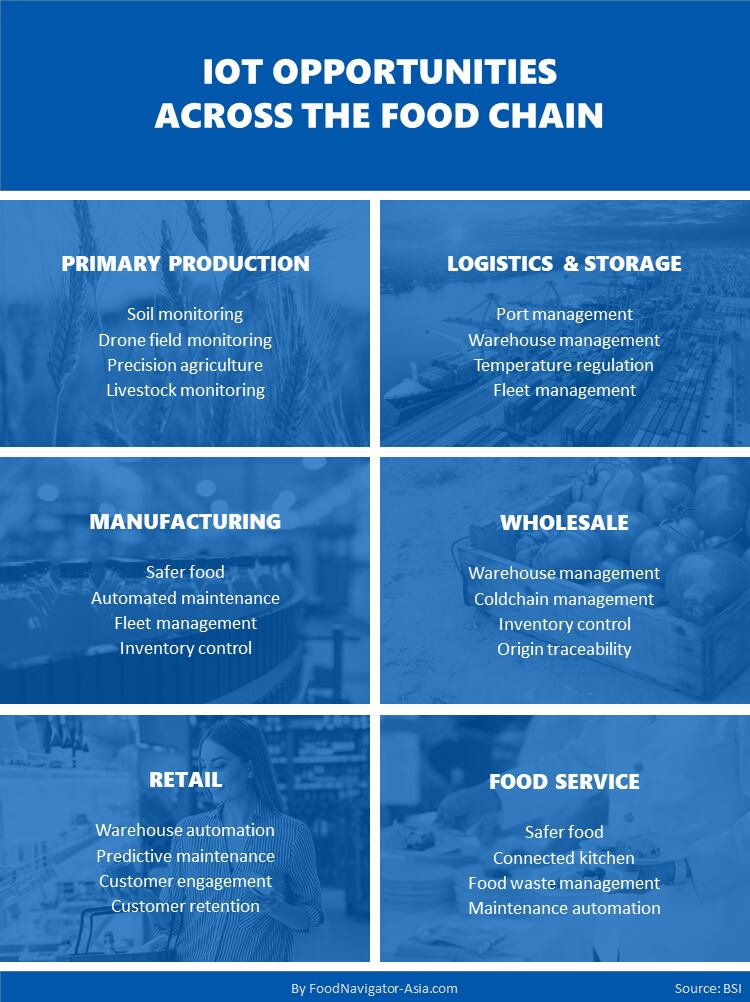
Mudd also highlighted that although the ‘dream’ for IoT in the food industry is to have the supply chain connected, the reality currently is that most companies’ use of IoT is very localised and mostly at the supply end, for example cattle-monitoring.
“Right now the problem is that there are lots of small usages here and there, but because it’s high-risk, it’s fairly early days and so on, we don’t have that full, end-to-end big picture.
“In the Asia Pacific region, there’s actually been a lot of talk, but not a lot of actual implementation [of IoT]. […] But the message here for anyone who is a potential user, is to make sure to focus on the actual tangible benefits of IoT [for your company].”
He added that the two major areas for this were currently found in operations and customer experience, but reiterated the importance of making sure the benefits to be reaped were tangible and realistic.
“There is currently huge pressure to adopt the technology before most users have fully thought it through, which is why more people including myself are now saying: Don’t rush in there, do one small part of your organisation at a time that you can monitor and make a difference in.”
“Make sure to have a strategy on how to use the technology first. The dream is everything gets connected, but the reality is that there’s so much risk that it’s going to [take a while] before you see tangible benefit or get returns on your investment.”

